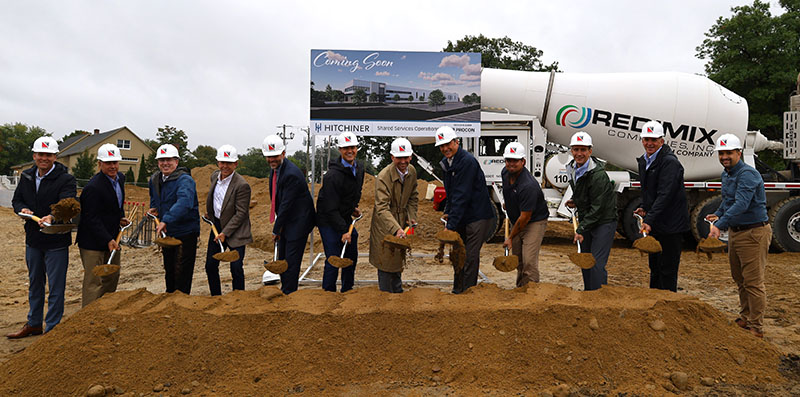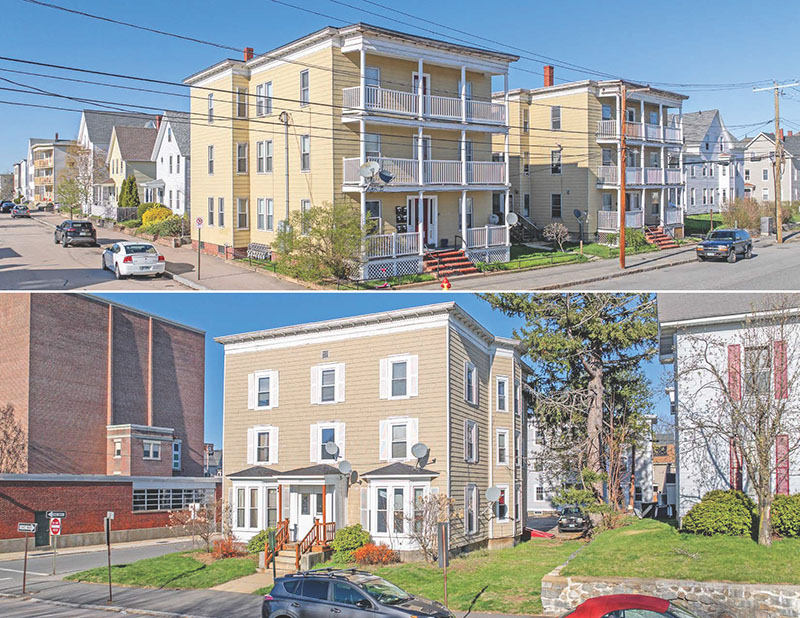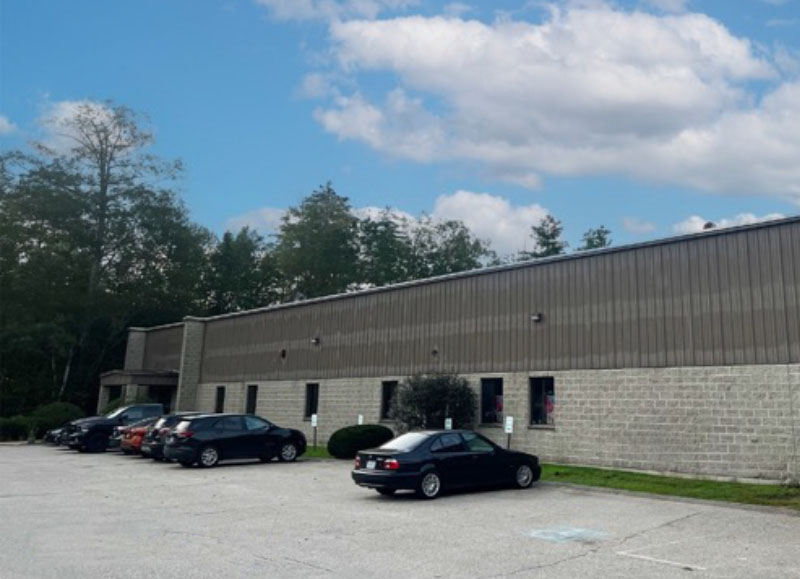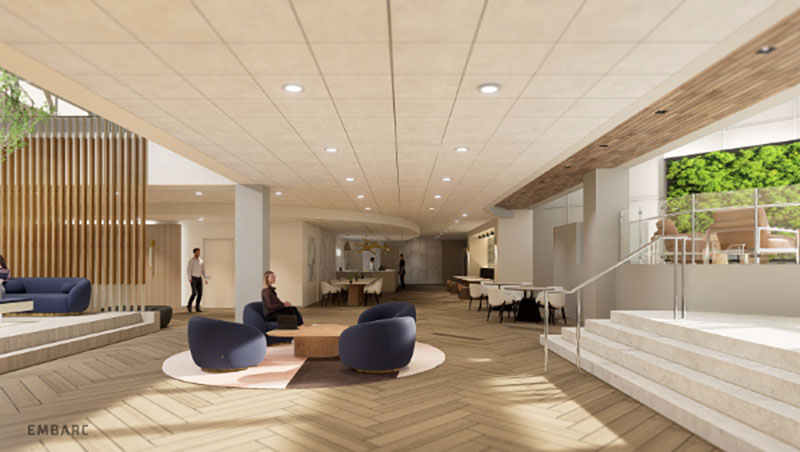News: Northern New England
Posted: September 7, 2007
Investment RE is still in demand - especially for investors undertaking 1031 tax deferred exchange
It is challenging to write the Fall Preview when one is sitting on the patio under a sun umbrella. It is a beautiful, clear, sunny afternoon. Who wants to think about the fall? And especially what comes after fall! I like to cross county ski, but not nearly as much as an afternoon on the golf course winning a dollar or two from my buddies!
This preamble is a delaying tactic. What am I suppose to say about the commercial real estate market this fall? More of the same? I have been saying that for three years! With all of the news of a sub prime lending melt down, a roller coaster equities market, the Fed dumping $35 billion into the economy to provide liquidity, a half point cut in the Fed's discount rate…for some commercial real estate is seen as a safe harbor. Let's look at a typical example, albeit there is no such thing. I sell you a 60,000 s/f warehouse building for $2.2 million. It has one 20,000 s/f tenant in place agreeing to pay $5per s/f NNN (that means the tenant will pay their shareof the real estate taxes, utilities, snow plowing, insurance, building maintenance, etc, which is $2.40 per s/f). So you will get $100,000 from tennant A plus $48,000 to cover a third of the expenses (20,000 s/f of 60,000 s/f). You and your broker have another tenant lined up for 22,000 s/f. This tenant will pay a little more, but you have to do about $44,000 of improvements to create the demised premises for this tenant. Tenant A has agreed to a 5 years lease. Tenant B is looking for a 5 year lease with a 2 year option to extend, so maybe they will stay 7 years. But you still have 18,000 s/f left to lease (60,000 - 20,000 - 22,000 = 18,000 s/f). You have 3,000 s/f of office and 15,000 of warehouse space with three covered loading docks. This might be one more tenant or it might be two tenants. I give you a list of a handful of parties that have been looking at leasing office space, warehouse space or both.
Now you bought this building for $37 per s/f. You put $2 per s/f more into Tenant B's space and you will have to put some money into fixing up the office space and demising the last of the warehouse space. You may need to invest another $100,000 in fit up, commissions, cost of carry, tenant concessions, etc. So you will likely have $2.35 million invested ($39.20 per s/f) and you will be getting $300,000 per year for the first 3 years. Thus is a Return on Investment (ROI) of 13%. But it is a Return on Equity assuming 80% financing of 64%! This example is overly simplistic as we have not incorporated loan fees, closing costs, capital reserves, credit risk and so forth. But even putting all that in the mix, the ROI is over 10% and the ROE is over 50%. Now how does that compare to CDs and Treasuries at 4-5%. Before you answer, consider the element ofrisk. Or stocks? Equities are up and down like a yo-yo. We continue to put in money on the assumption that the stock market will increase in value over time (at least that is what I keep telling myself).
So investment real estate is still in demand. This is especially true for investors undertaking a 1031 Tax Deferred Exchange—selling one property and deferring the capital gains tax by reinvesting in another property. The momentum from deferring the capital gains taxes (23.5% in NH if you have owned the property for more than one year, 15% Federal and 8.5% NH State, but higher in most other states—in NYC it is over 40%!) is a powerful force. 1031 Exchanges have pushed the commercial market up and have kept them up for well over 10 years. No changes on the horizon here. In fact, if the 15% Federal Long Term Capital Grains Tax Rate is raised, which is at least a possibility (and some would say a probability) investors will be willing to pay more for a given property to postpone that tax liability.
But, there is always a but, properties are selling for very high prices. Historical highs and real estate is a market that goes up and down. Can you sell your house tomorrow as quickly and for the same price a year ago?
The potential for rising interest rates also dramatically affects real estate values. So as you ask me to prognosticate on the fall, let me ask you a few questions. What will be the cost of mortgage money? How liquid will commercial properties be over the next 3-8 years? And is the general economy stable or will it correct/crater in the next 12-14 months? If you answer these 3 questions, then I will extend my forecast for commercial real estate! In the meantime, I am going to open a good book, listen to the Red Sox on the radio, and maybe see how Tiger Woods is doing in Tulsa, OK. If I keep busy enough, I won't have to think about the approaching fall and what comes after!
Bill Norton, CRE, FRICS, is president of Norton Asset Management, Manchester, NH.
Tags:
Northern New England
MORE FROM Northern New England
PROCON and Hitchiner break ground on 57,000 s/f shared services operations facility
Milford, NH Hitchiner, in partnership with PROCON’s integrated design and construction team, has officially broken ground on a new 57,000 s/f shared services operations facility at its Elm St. campus. This building will house value-added services used across Hitchiner’s various business units,

Quick Hits







